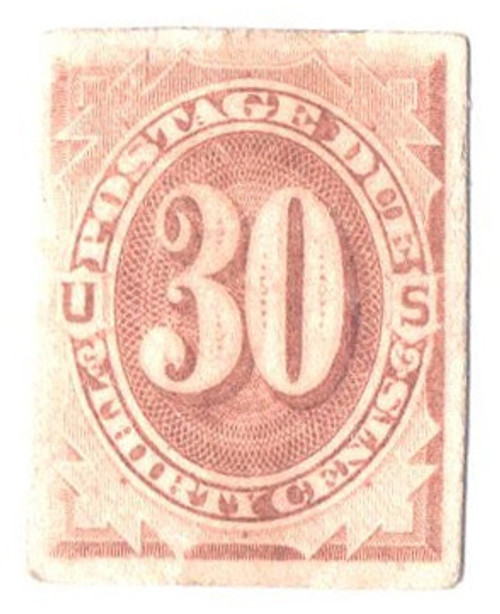
# J2//42 - 1879-95 Postage Due - set of 16
Old Postage Due Stamps Are Essential Parts of U.S. Postal History.
Postage Due stamps were introduced in 1879 to handle the issue of underpaid mail, a problem that had become more common as the postal system grew. Beginning in 1855, if letters didn’t have sufficient postage, postal clerks would hand write the amount due on the envelope.
However, there was no accountability for greedy clerks who would collect more than was due and pocket the difference. There was no reliable way to track or ensure the right amount was paid, and many letters went unclaimed or created confusion at the post office. The solution to the problem was Postage Due stamps. Each postmaster had to balance his books between the value of the stamps used and the money collected…
Unlike regular postage stamps that paid for the delivery of mail, they denoted the amount of postage due on mail that was insufficiently prepaid. This amount was paid not by the sender, but rather by the recipient of the letter. As technology advanced, the need for postage due stamps decreased, and by the late-20th century, other methods took over. However, today, these stamps are still an intriguing part of postal history. Start or expand your back-of-the-book collection today!
Stamps Included:
J2
J3
J4
J15
J16
J18
J19
J22
J23
J25
J26
J38
J39
J40
J41
J42
Old Postage Due Stamps Are Essential Parts of U.S. Postal History.
Postage Due stamps were introduced in 1879 to handle the issue of underpaid mail, a problem that had become more common as the postal system grew. Beginning in 1855, if letters didn’t have sufficient postage, postal clerks would hand write the amount due on the envelope.
However, there was no accountability for greedy clerks who would collect more than was due and pocket the difference. There was no reliable way to track or ensure the right amount was paid, and many letters went unclaimed or created confusion at the post office. The solution to the problem was Postage Due stamps. Each postmaster had to balance his books between the value of the stamps used and the money collected…
Unlike regular postage stamps that paid for the delivery of mail, they denoted the amount of postage due on mail that was insufficiently prepaid. This amount was paid not by the sender, but rather by the recipient of the letter. As technology advanced, the need for postage due stamps decreased, and by the late-20th century, other methods took over. However, today, these stamps are still an intriguing part of postal history. Start or expand your back-of-the-book collection today!
Stamps Included:
J2
J3
J4
J15
J16
J18
J19
J22
J23
J25
J26
J38
J39
J40
J41
J42







